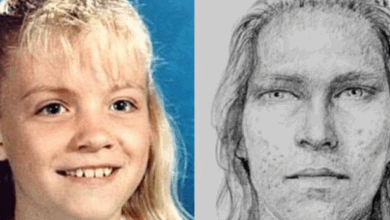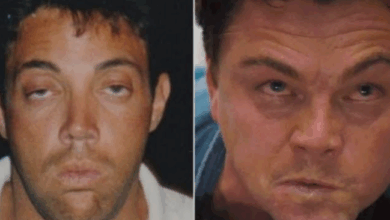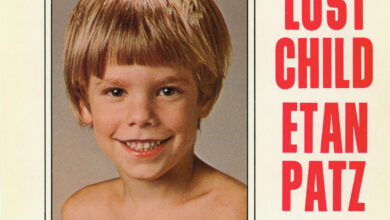Adam Walsh, The Boy Whose Murder Inspired ‘America’s Most Wanted’

After six-year-old Adam Walsh was kidnapped and killed in 1981, his father John Walsh launched the show “America’s Most Wanted” to prevent other parents from going through the same pain.
Warning: This article contains graphic descriptions and/or images of violent, disturbing, or otherwise potentially distressing events.
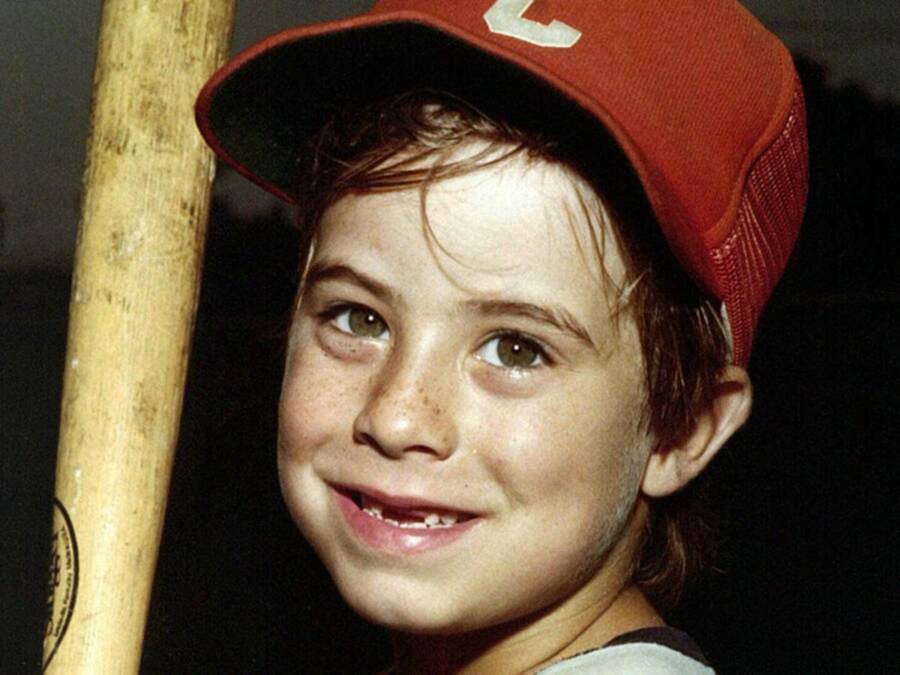
Adam Walsh’s murder went unsolved for over two decades.
On July 27, 1981, six-year-old Adam Walsh went to a Sears department store in a Hollywood, Florida, mall with his mother. While she went to look for a lamp in the lighting section, she allowed her young son to stay in the toy department just a few aisles over.
It was the last time she saw him alive.
Two weeks later and more than 100 miles away, Adam Walsh’s severed head was found in a canal near Vero Beach, Florida. His case remained cold for a few years, but in 1983, police turned their attention to serial killer Ottis Toole. The 36-year-old man admitted to killing Adam Walsh — but he later recanted the confession.
For years after, experts remained skeptical about Toole’s involvement, and Adam’s case went unsolved for more than two decades. But in 2008, the case was officially closed, and Ottis Toole was named as Adam Walsh’s killer.
The tragedy inspired Adam’s father, John Walsh, to start one of the most successful crime shows on television, America’s Most Wanted. He and his wife, Revé, also founded the National Center for Missing and Exploited Children. Although Adam’s death was devastating, it was not in vain.
The Disappearance Of Adam Walsh And The Manhunt That Followed
On the afternoon of July 27, 1981, Revé Walsh took her six-year-old son, Adam, to the Hollywood Mall in Florida while she did some shopping. As they walked through a Sears department store, Adam noticed a group of older children playing with an Atari console in the toy department.
Revé needed to swing by the lighting section, which was located just a few aisles over. She would only be gone for 10 minutes, so she agreed to let Adam stay and watch the teens play video games.
Unfortunately, according to HISTORY, a security guard came by shortly after and asked the teenagers to leave the store, as they were “causing trouble.” Adam Walsh, who was reportedly shy, left with the older boys, too afraid to speak up and tell the guard that his mother was still in the store.
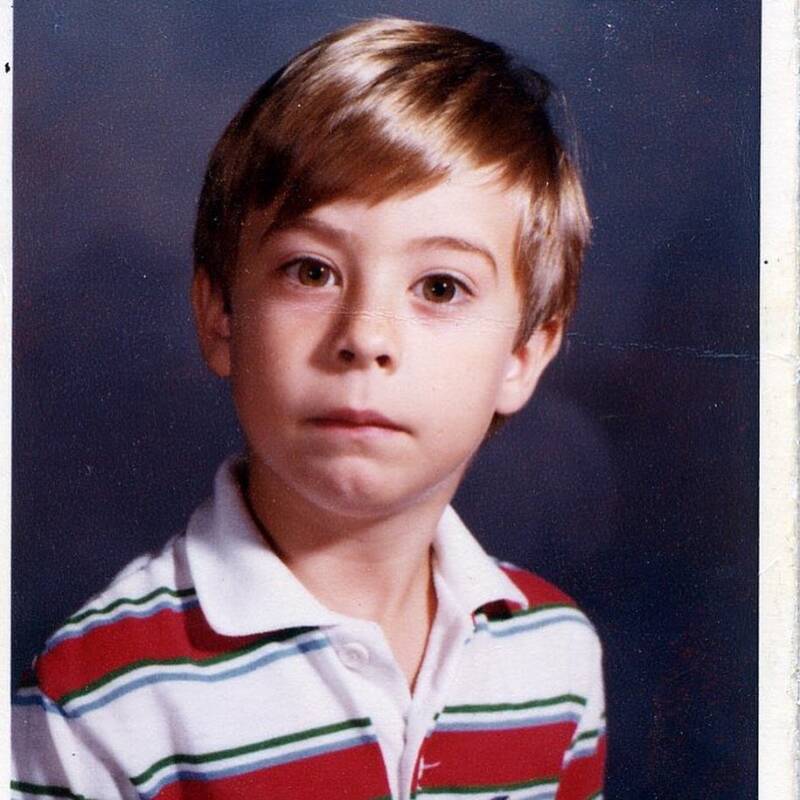
A school photograph of Adam Walsh.
When Revé returned to collect her son only a few minutes later, he was nowhere to be found. She immediately alerted security, who tried to page Adam, but it was no use. Adam Walsh was gone.
Revé and her husband, John, immediately launched a search for their missing son after contacting local authorities. The search effort was fruitless. Adam had disappeared without a trace.
Then, on Aug. 10, 1981, two fishermen discovered Adam’s head in a drainage canal in Vero Beach, Florida, more than 130 miles from Hollywood. His body was never found.
For years, Adam’s case remained cold. But in 1983, a known criminal named Ottis Toole confessed to killing the six-year-old boy.
Ottis Toole Confesses To Adam Walsh’s Murder — Then Recants It
Ottis Toole and his partner, Henry Lee Lucas, are infamously known as two of America’s most depraved serial killers who claimed to have raped, killed, and cannibalized hundreds of victims in the 1970s. According to Lucas, that number may have been as high as 600.
But Toole and Lucas, investigators later learned, weren’t honest men. In fact, they likely confessed to far more murders than they actually committed, earning them the moniker the “Confession Killers.”
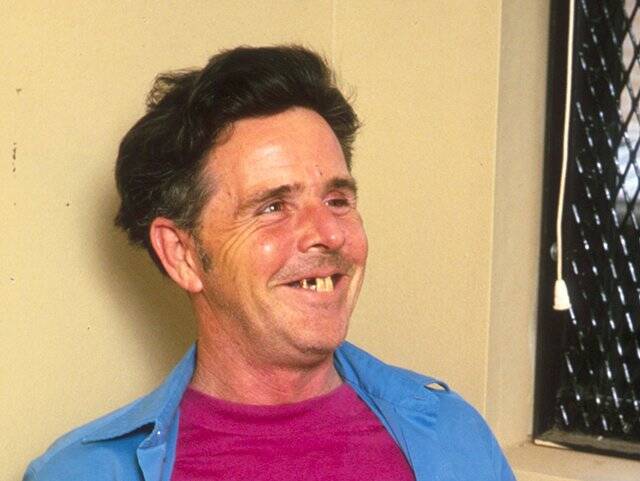
Serial killer Henry Lee Lucas, who worked with his lover Ottis Toole to murder hundreds of people.
Though the men eventually split, they wound up in separate prisons around the same time in 1983 — Lucas in Texas and Toole in Florida. Lucas, Toole learned, had been taking police on guided tours of their killing grounds, and so he started making confessions, too.
Toole’s claims put their total number of victims at 108, far lower than Lucas’ estimated 600, but the nature of their crimes was heinous by any standards.
However, Toole did confess to abducting Adam Walsh from a Sears department store in Hollywood, Florida, before raping and dismembering him with the help of Lucas.
Then, Investigation Discovery reported, Toole learned that Lucas had already been arrested by the time Adam Walsh disappeared — and changed his story.
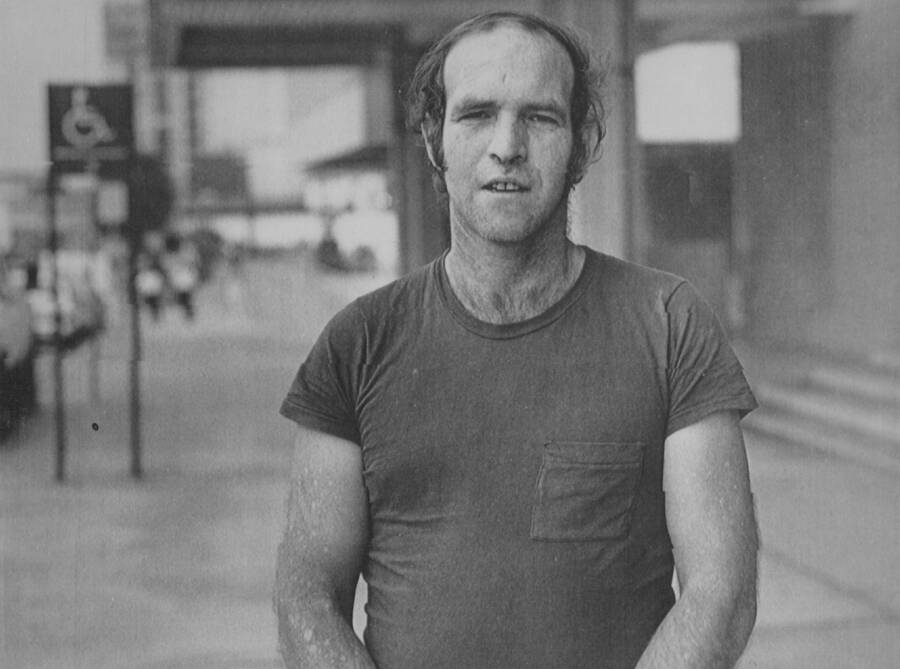
The Denver Post via Getty ImagesOttis Toole in front of the Jacksonville, Florida, police station.
Toole then said he abducted Adam Walsh alone, luring the young boy with toys and candy. When the child started crying, Toole said he beat him until he was unconscious, raped him, cut his head off with a machete, then drove around with the head in his car for several days because he “forgot about it.”
When he remembered that Adam’s head was still in his car, he tossed it into a canal.
One of the key pieces of evidence against Toole proved to be controversial, however. Following the killer’s arrest, investigators searched his car with Luminol, a chemical agent used to identify the presence of blood — and they found what many people believed to be an outline of Adam Walsh’s face.
John Walsh was among the believers, but other experts cast doubt on the evidence. One reporter with the Broward-Palm Beach New Times went as far as to question if the outline was “really Adam, or is it the forensic equivalent of the Virgin Mary on a grilled cheese sandwich?”
And this was far from the only controversial element of the investigation.
How The Hollywood Police ‘Botched’ Their Investigation Into Adam’s Death
Following Adam Walsh’s murder, his father, John Walsh, expressed his disappointment in how the Hollywood police handled his son’s case.
In 1997, he released his book Tears of Rage, in which he wrote that the investigation was marked by “the worst of the seven deadly sins”: laziness, arrogance, and pride.
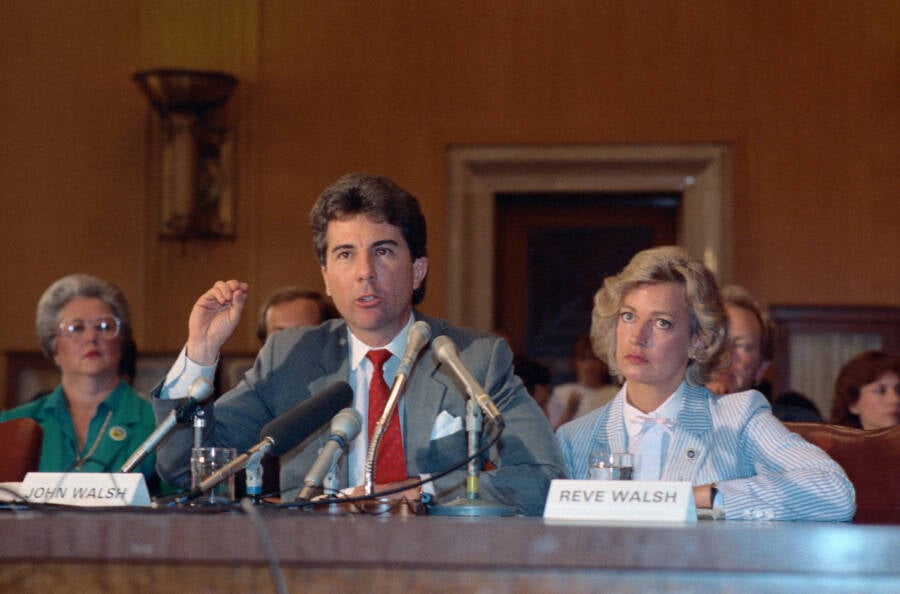
Bettmann/Getty ImagesJohn and Revé Walsh during a committee hearing on missing children.
“They were a tiny local police agency that had limited resources and never manned a search anywhere near this size,” Walsh wrote. “We did have a gut intuition that mistakes were being made. Everything seemed so chaotic and disorganized.”
Among those mistakes was losing the bloody carpet from Toole’s car — and then the car itself.
Eventually, after years of hosting America’s Most Wanted, John Walsh pushed to reopen his son’s case. His killer, after all, had never been officially named, since Toole had recanted his confession and no physical evidence could link him to Adam’s murder.
Ottis Toole died in prison in 1996 at the age of 49, but John always believed he was Adam’s murderer. Police also floated the idea that serial killer Jeffrey Dahmer may have been responsible, as he was living in Florida at the time of Adam’s abduction.
But after a push from the Walshes in 2006, the case was reopened. And in 2008, the Hollywood Police Department determined that the case against Toole was strong enough to officially declare him Adam Walsh’s killer.

Jeff Kravitz/FilmMagic, Inc.John Walsh hugging a child at the 1998 Fox Television TCA event in Pasadena.
“Revé kept pushing me and said, ‘You know John, you’ve solved so many crimes, you’ve caught over 1,000 fugitives, we need to give it one big last push, you need to do it again on America’s Most Wanted,” John Walsh told NBC in 2011. “I said, ‘Revé, I know the guy, I know the guy who can help us, he’s a good detective.”
That man was Joe Matthews, a Miami Beach homicide detective who was the first person to see the 98 photos that were taken of Ottis Toole’s Cadillac — photos that police had apparently never even developed.
Matthews was the man to notice the bloody image of Adam Walsh’s face on the carpet. “Looking at it, you actually see a blood transfer from Adam’s face onto the carpet,” he said.
It took 25 years, but finally, John and Revé Walsh could say they knew who their son’s killer was.
The Aftermath Of Adam Walsh’s Death
Even before reopening the investigation into their son’s murder, Revé and John Walsh had been working to ensure other victims and their families would not have to go through the same experience.
In 1984, John Walsh helped found the National Center for Missing and Exploited Children (NCMEC), an organization that works to counter child abuse and human trafficking. That same year, Congress passed the Missing Children’s Assistance Act. According to KIRO 7, the NCMEC has helped law enforcement track down 350,000 missing children over the years.
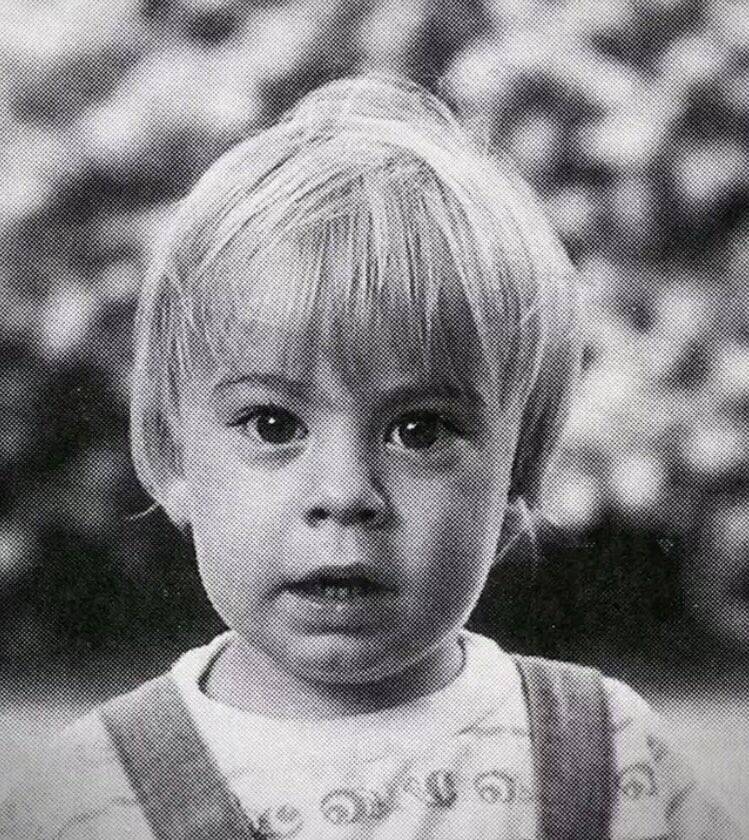
TwitterA photograph of Adam Walsh as a toddler.
Then, in 1988, John Walsh started hosting America’s Most Wanted, which helped law enforcement arrest hundreds of fugitives during the years that it aired.
And on the 25th anniversary of Adam Walsh’s disappearance — July 27, 2006 — U.S. President George W. Bush signed the Adam Walsh Child Protection and Safety Act into law, officially establishing a national database of convicted child sex offenders and creating more severe federal penalties for crimes committed against children.
Nothing can reverse Adam Walsh’s fate, but his memory lives on in the hearts of many. And though he couldn’t be saved, the actions of his family following his death helped ensure that countless other children wouldn’t suffer the same tragic outcome.


